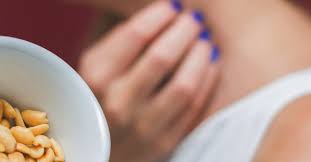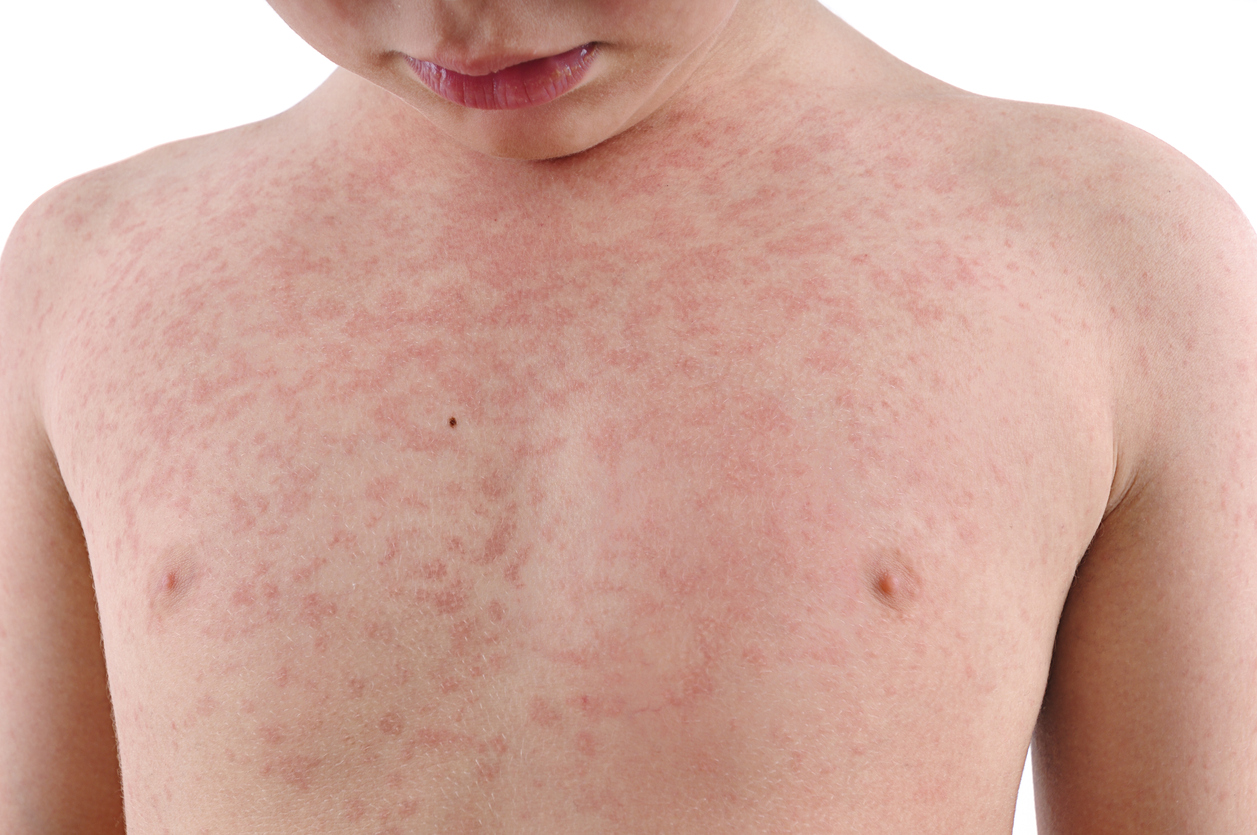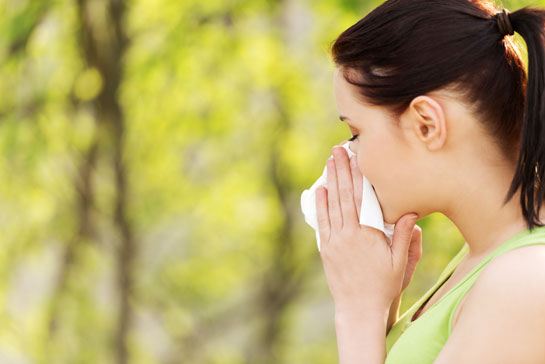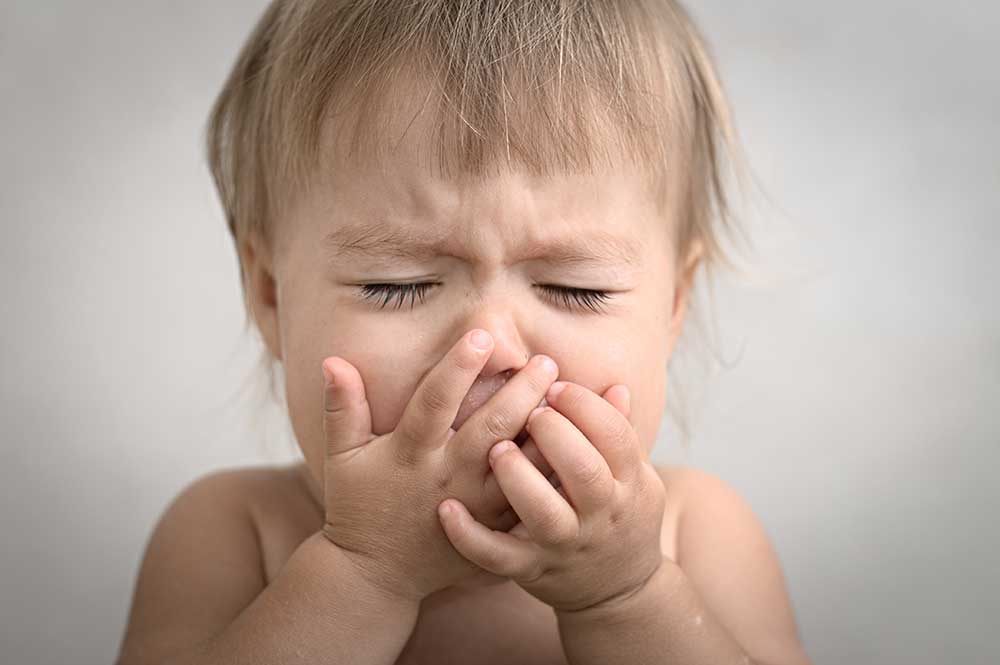Fever, High temperature, Temp, Pyrexia, High fever
What is Fever ?
A fever is a temporary rise in body temperature. It’s one part of an overall response from the body’s immune system. A fever is usually caused by an infection.
For most children and adults, a fever may be uncomfortable. But it usually isn’t a cause for concern. For infants, however, even a low fever may mean there’s a serious infection.
Symptoms
Body temperatures vary slightly from person to person and at different times of day. The average temperature has traditionally been defined as 98.6 F (37 C). A temperature taken using a mouth thermometer (oral temperature) that’s 100 F (37.8 C) or higher is generally considered to be a fever.
Depending on what’s causing a fever, other fever signs and symptoms may include:
- Sweating
- Chills and shivering
- Headache
- Muscle aches
- Loss of appetite
- Irritability
- Dehydration
- General weakness
Causes
Fever or elevated body temperature might be caused by:
- A viral infection
- A bacterial infection
- Heat exhaustion
- Certain inflammatory conditions such as rheumatoid arthritis — inflammation of the lining of your joints (synovium)
- A cancerous (malignant) tumor
- Some medications, such as antibiotics and drugs used to treat high blood pressure or seizures
- Some immunizations, such as the diphtheria, tetanus and acellular pertussis (DTaP), pneumococcal or COVID vaccine
When to see a doctor?
Fevers by themselves may not be a cause for alarm — or a reason to call a doctor. Yet there are some circumstances when you should seek medical advice for your baby, your child or yourself.
Infants and toddlers
A fever is a particular cause for concern in infants and toddlers. Call your baby’s health care provider if your child is:
- Younger than 3 months old and has a rectal temperature of 100.4 F (38 C) or higher.
- Between 3 and 6 months old and has a rectal temperature higher than 102 F (38.9 C) or has a lower temperature but seems unusually irritable, sluggish or uncomfortable.
- Between 7 and 24 months old and has a rectal temperature higher than 102 F (38.9 C) that lasts longer than one day but shows no other symptoms. If your child also has other signs and symptoms, such as a runny nose, cough or diarrhea, you can call sooner.
Children
There’s probably no cause for alarm if your child has a fever but is responsive. This means your child makes eye contact with you and responds to your facial expressions and to your voice. Your child may also be drinking fluids and playing.
Call your child’s health care provider if your child:
- Is listless, confused or has poor eye contact with you.
- Is irritable, vomits repeatedly, has a severe headache, sore throat, stomachache or other symptoms causing a lot of discomfort.
- Has a fever after being left in a hot car. Seek medical care immediately.
- Has a fever that lasts longer than three days.
- Has a seizure associated with the fever. Call 911 if the seizure lasts more than five minutes or your child doesn’t recover quickly.
Adults
Call your health care provider if your temperature is 103 F (39.4 C) or higher. Seek immediate medical attention if any of these signs or symptoms accompanies a fever:
- Severe headache
- Rash
- Unusual sensitivity to bright light
- Stiff neck and pain when you bend your head forward
- Mental confusion, strange behavior or altered speech
- Persistent vomiting
- Difficulty breathing or chest pain
- Abdominal pain
- Pain when urinating
- Convulsions or seizures
Home Remedies to treat Fever
Remedy – 1: Basil tea
Materials: Basil leaves, Ginger, Honey

Procedure: The Basil is an effective herb for bringing down fever. This herb is just as effective as many types of antibiotics on the market. Boil together 20 basil leaves and add one teaspoon of crushed ginger in a cup of water to get a fine solution. Add some honey and drink this tea two to three times a day for three days.
Remedy – 2: Tulsi Tea
Materials: Tulsi

Tulsi leaves are a storehouse of volatile oils including eugenol, citronellol and linalool facilitate to lessen inflammation. The strong antibacterial, germicidal, anti-biotic and fungicidal properties of tulsi leaves function well to lessen the symptoms of viral fever. Drink tulsi water or chew a few tulsi leaves to get relief from, fever, headache, cold, cough, flu and soothe an irritated throat.
Remedy – 3: Honey Ginger Tea

Procedure:
The potent anti-inflammatory, antioxidant and analgesic properties of ginger have the amazing potential to offer relief and reduce the symptoms of viral fever. Honey with potent antimicrobial properties aids in lessening infections and treat cough. Boil one teaspoon of grated ginger in a cup of water for 2-5 minutes, strain the concoction and add a teaspoon of honey, drink this tea twice daily to get respite from viral fever.
Other remedies
Crushed Garlic:
It is one of the widely used remedy for fever, cough and cold. Garlic has antibacterial properties and hence it has great healing power for fever, cough and cold. You can take 4-6 crushed garlic cloves and consume it directly. If you are not very comfortable with the strong flavour and smell then you can also take it with curd.
Cinnamon:
This aromatic spice can give you great relief in throat infection, cough and cold. Cinnamon is an antibiotic which has the capacity to prevent any flu. You can consume it in your tea. It will give flavour, aroma and taste to your beverage and you will also enjoy its benefit.
Garlic under your feet:
since Garlic has healing properties, which can induce sweating to lower high fever and remove toxins from the body. Mix two crushed garlic cloves with olive oil and apply this mixture (warmed) under the sole of each foot, leaving a few spots blank. Tie up your feet with gauze, so that the mixture is intact. There have been cases of complete elimination of the fever in just 1 night by this method. Note: Garlic remedies are not recommended for pregnant ladies and small children.
Preventions
Fevers caused by infections can be prevented by limiting the exposure to infection-causing pathogens. Good hygiene practices play a key role in avoiding exposure to pathogens and their sources. Some of the good hygiene tips that can be followed to reduce the risk of infections and fevers are:
- Wash hands as often as possible: Ensure that you wash your hands before eating, after using the washroom, after attending to your pet, after coming in contact with a sick person or after you have been in a crowd and after commuting in a public mode of transport. Also, ensure that your kids follow the same practice. Teach them how to wash and rinse their hands thoroughly with a bar of soap.
- Use hand sanitizer: Hand sanitizers are helpful when there is no access to soap and water. However, remember to wash your hands once you have access to clean water and soap/hand wash solution.
- Don’t touch your face: Most infection-causing viruses and bacteria enter our body through nose, eyes or mouth. Therefore, it is essential that you avoid touching these parts.
- Avoid passing germs: Cover your nose and mouth while sneezing and coughing. Ask your kids to do the same. If possible, try to maintain a distance and turn away from others when sneezing or coughing.
- Avoid sharing utensils: Do not share utensils, cups, water bottles with your children.




